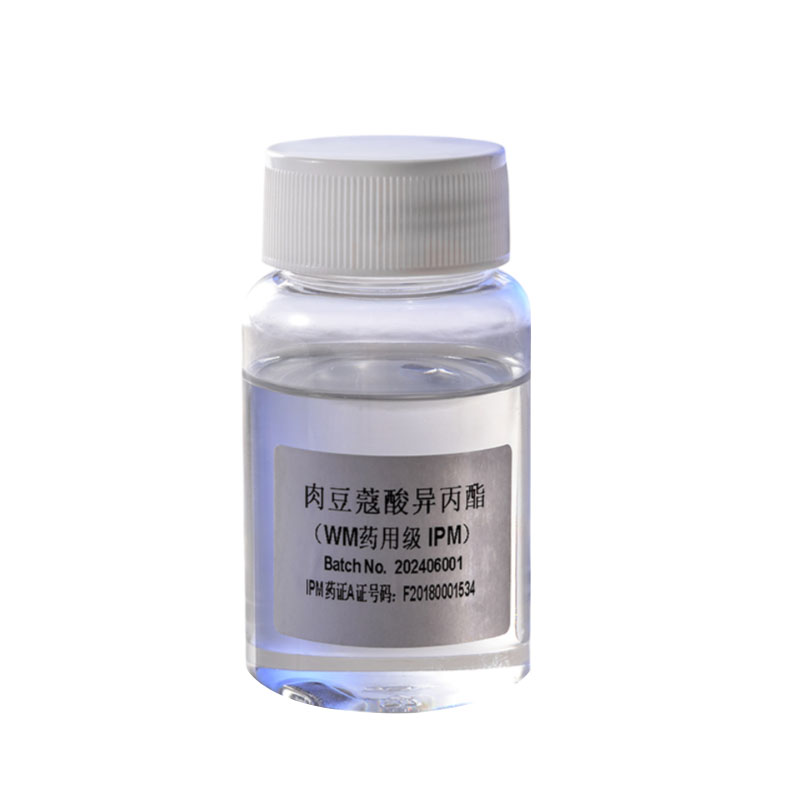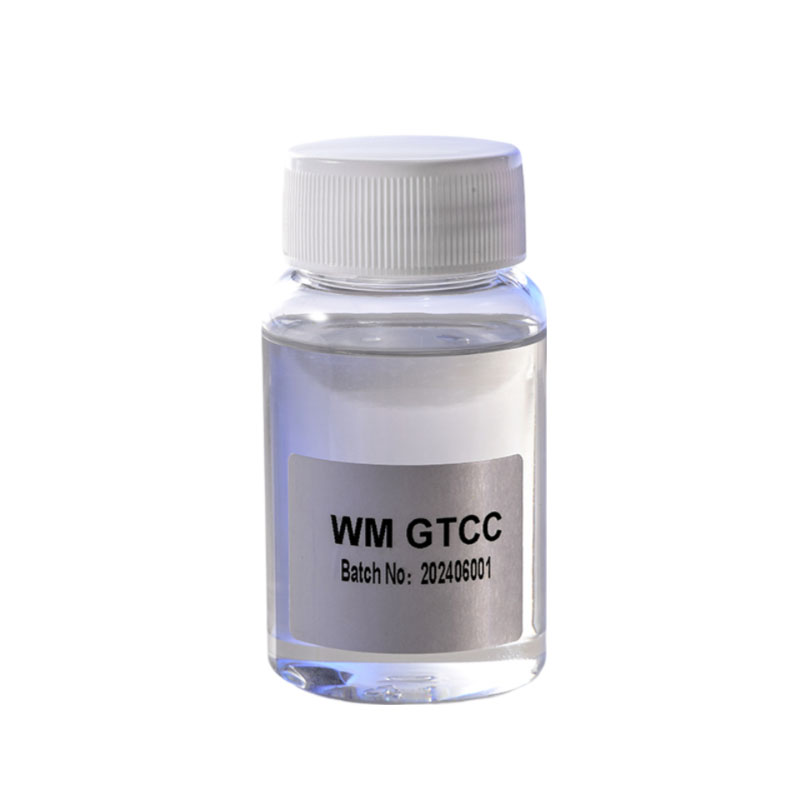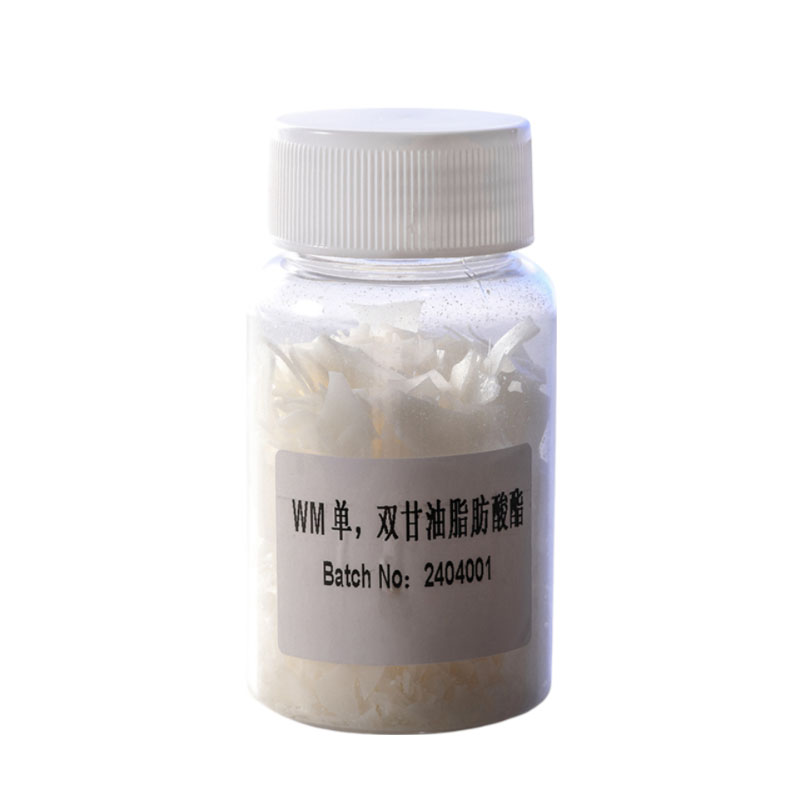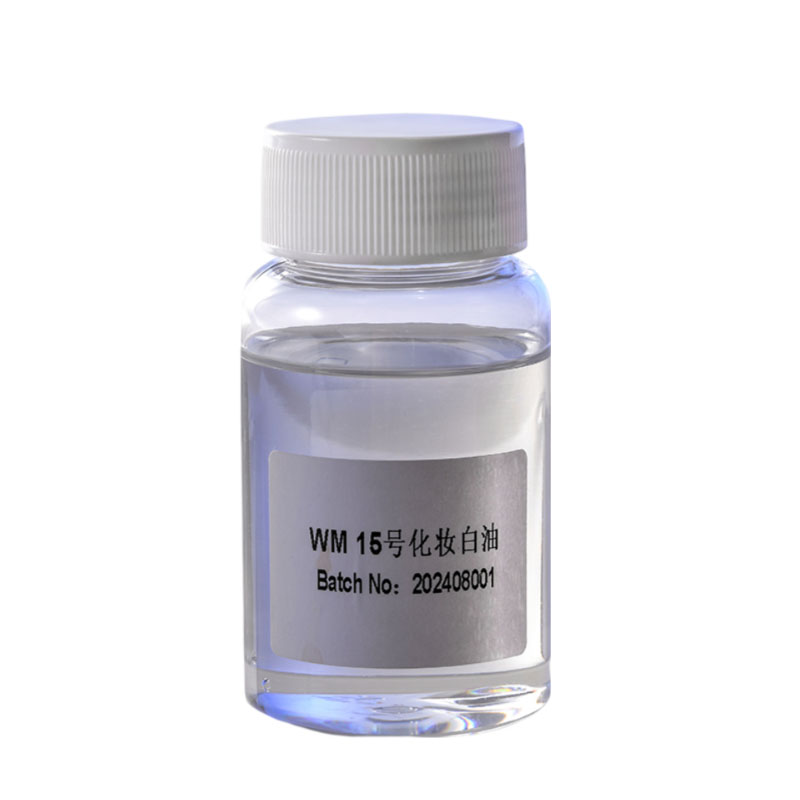How to control the content of isopropyl myristate in cosmetics?
Release Time : 2025-06-10
Controlling the content of isopropyl myristate in cosmetics is a process that requires comprehensive consideration of many factors. It is related to the efficacy of the product and the safety of use. It requires scientific design from multiple dimensions such as raw material characteristics, product positioning, and regulatory requirements. This ingredient is often used as a softener, solvent, or skin feel regulator in cosmetics. Too high a content may bring a burden to the skin, and too low a content may make it difficult to achieve the expected effect. Therefore, accurate control of the content is a key link in ensuring product quality.
To control the content, the type and purpose of the product must be clarified first. Different types of cosmetics have different needs for isopropyl myristate. Cream products focus on moisturizing, and may require a relatively high content to create a smooth skin feel; while lotion products pursue a light texture, and the content needs to be reduced accordingly to avoid a sticky feeling. If the product is designed for oily skin, the content must be carefully controlled to prevent the skin from becoming greasy, while products suitable for dry skin can appropriately increase the content within a reasonable range to enhance the moisturizing effect.
The characteristics of the raw materials themselves are also an important basis for content control. The purity and production process of isopropyl myristate are different, and its performance may vary. Raw materials with high purity have fewer impurities, may be more stable at the same content, and have relatively low irritation to the skin. At this time, the content design can be more flexibly adjusted in combination with product needs; while raw materials with slightly lower purity may need to reduce the potential risks brought by impurities by controlling the content. At the same time, the skin feel of the raw materials will also affect the content setting. For example, some batches of raw materials may have a stronger moisturizing feeling, and the content control needs to be fine-tuned accordingly to ensure that the use experience of the final product meets expectations.
Regulatory standards are the bottom line that cannot be crossed in content control. Different countries and regions have different regulations on the use of isopropyl myristate in cosmetics, and the regulatory requirements of the target market must be strictly followed. In the product development stage, it is necessary to conduct in-depth research on relevant regulations, clarify the content range allowed for use, and ensure that the content is set within the safety threshold. This is not only a guarantee of consumer safety, but also the basis for the compliance of the product to be listed. Once the content exceeds the regulatory limit, the product may face the risk of being recalled or banned from sale.
Skin tolerance is a human factor that must be considered when controlling the content. Everyone has different skin conditions and different tolerance to ingredients. In order to determine the appropriate content, skin irritation tests and safety assessments are required. By selecting volunteers with different skin types for trial use, observing the skin's reaction after using products containing different levels of isopropyl myristate, such as whether allergic symptoms such as redness, swelling, and itching occur, a relatively safe and effective content range can be determined. For products specifically for sensitive skin, the content must be controlled at a lower level to reduce the risk of irritation.
The combination of other ingredients in the formula will affect the content of isopropyl myristate. Cosmetics are a complex system of multiple ingredients, and there may be interactions between the ingredients. For example, the addition of certain emulsifiers may change the dispersion state of isopropyl myristate in the system, thereby affecting its efficacy. At this time, the content may need to be adjusted to maintain the stability of product performance. For example, when used in combination with moisturizing ingredients, if the content of other moisturizing ingredients is high, the content of isopropyl myristate can be appropriately reduced, and the ideal effect can be achieved through the synergistic effect between the ingredients, rather than simply relying on the high content of a certain ingredient.
Content control also requires repeated formula debugging and actual verification. During the laboratory research and development stage, R&D personnel will design formulas with different contents for comparative testing, and evaluate the product from multiple aspects such as appearance, texture, skin feel, stability, etc. For example, observe whether the paste is easy to stratify at different contents, how it spreads and absorbs quickly when applied, and whether it deteriorates after long-term storage. Through continuous optimization and adjustment, we can find the optimal content that can meet both product efficacy and user experience and safety requirements, and further verify the rationality of the content setting in small-scale trials or pilot production to ensure that the products finally put on the market are scientifically and reliably controlled in content.









